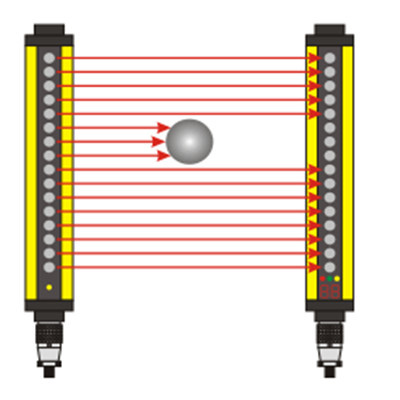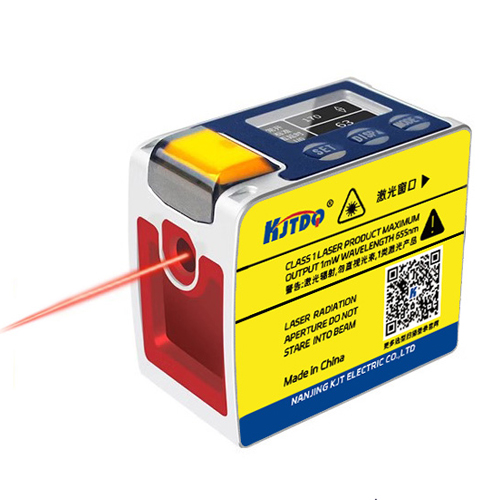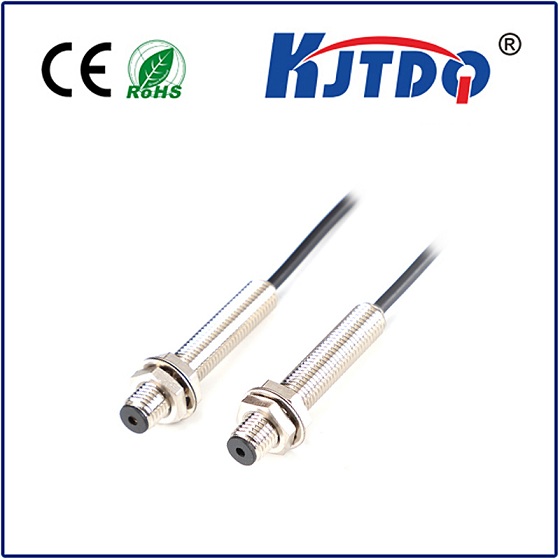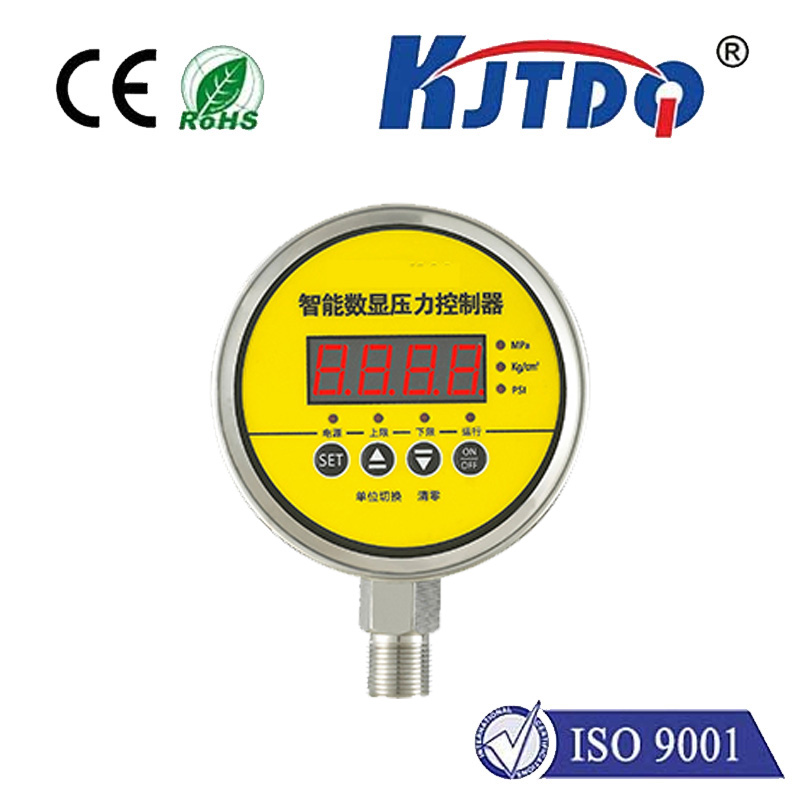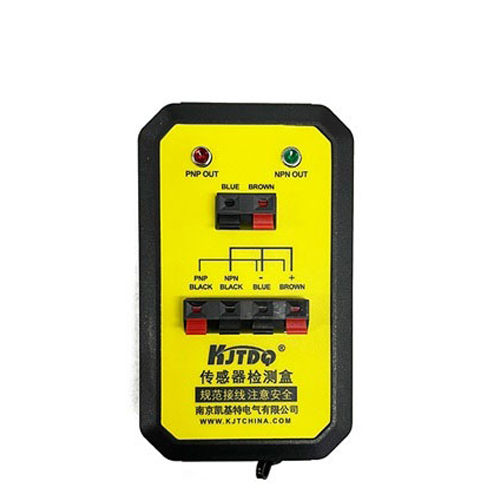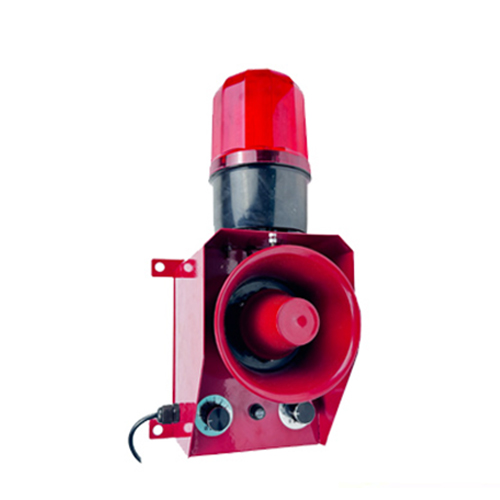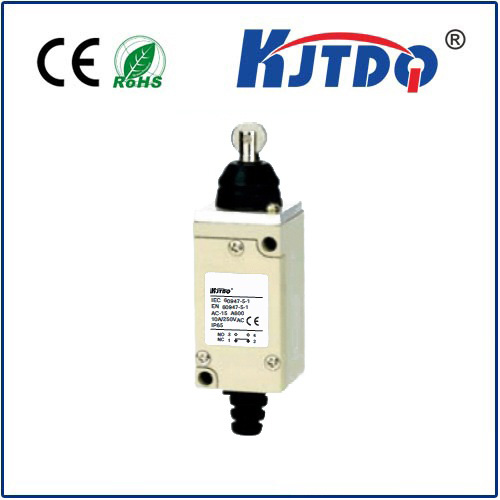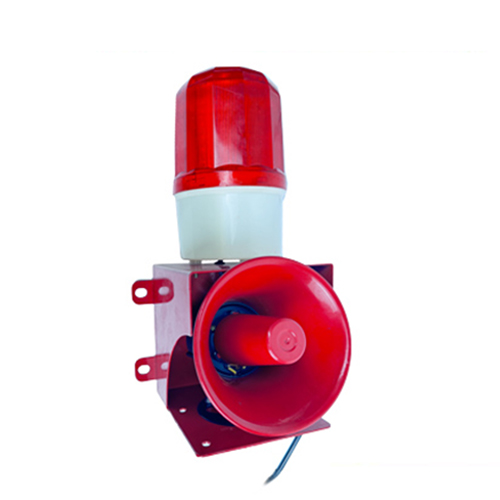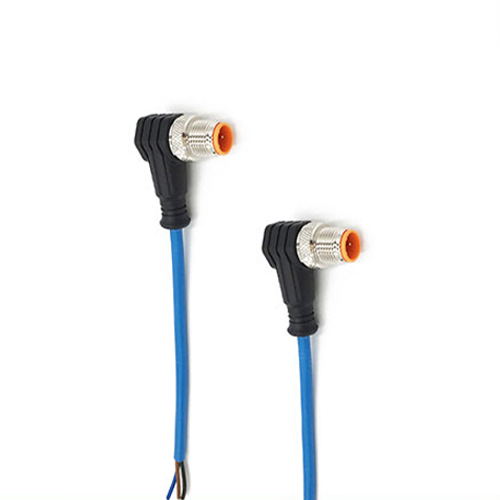snap disc limit switch
- time:2025-07-31 04:47:30
- Click:0
Snap Disc Limit Switches: Essential Guardians for Temperature Control and Safety
Imagine a critical piece of industrial equipment silently overheating. A vital pump failing because its motor burns out. Or a heating system threatening to become dangerously hot. Preventing these costly and potentially hazardous scenarios often hinges on a remarkably simple, yet profoundly reliable device: the snap disc limit switch. This unassuming component acts as a vigilant sentinel, using fundamental physics to safeguard processes and equipment by responding decisively to temperature changes. Understanding its operation and diverse applications reveals why it remains a cornerstone of safety and control systems across countless industries.
What Exactly is a Snap Disc Limit Switch?
At its core, a snap disc limit switch is a thermostatically actuated electrical switch. Its defining characteristic is the snap-action mechanism provided by a specially engineered bimetal disc. This disc is composed of two distinct metal layers bonded together. Crucially, each metal possesses a different coefficient of thermal expansion – meaning they expand (or contract) at different rates when heated (or cooled).
The Ingenious Principle: Heat, Snap, Action!

The magic lies in this inherent property:
- Temperature Change: As the ambient temperature around the disc changes (rising or falling, depending on the switch design), heat transfers to the bimetal disc.
- Disc Response: The metal layer designed to expand more significantly will do so, while the other layer expands less. This creates uneven stress within the bonded disc.
- The “Snap”: The disc is mechanically pre-stressed (like a dome). The uneven thermal expansion causes this stress to overcome the disc’s inherent stability point. At a precise, calibrated temperature – the set point or trip point – the disc rapidly snaps from one convex shape to the opposite concave shape (or vice versa). This movement is instantaneous and pronounced.
- Electrical Switching: This sudden physical snap is mechanically linked to electrical contacts housed within the switch body. The force generated by the snap instantly forces these contacts to either open (break the circuit) or close (complete the circuit), depending on the switch’s configuration (normally open or normally closed). This action is positive and crisp, ensuring reliable electrical connection or disconnection.
Why Choose a Snap Disc? Key Advantages Over Alternatives
While solid-state sensors and other thermostats exist, snap disc switches offer compelling benefits:
- Inherent Simplicity & Reliability: With no complex electronics, microprocessors, or delicate moving parts beyond the disc, they offer exceptional reliability and robustness, especially in harsh environments (dirt, moisture, vibration).
- Self-Contained Operation: They require no external power source to function. The actuation comes purely from thermal energy.
- Positive Action: The definitive “snap” ensures a clean, rapid break or make of the electrical circuit. This minimizes contact arcing, prolonging contact life and enhancing safety, particularly for inductive loads like motors.
- Wide Temperature Range: Available in configurations spanning extremely low cryogenic temperatures to very high industrial process temperatures.
- Automatic Reset Capability: Many snap disc switches are designed to automatically reset once the temperature returns to a safe operating range below (or above) the trip point. This is invaluable for unattended equipment. (Manually reset options are also available for critical safety functions).
- Cost-Effectiveness: Generally, they offer a lower unit cost compared to sophisticated electronic controllers or sensors requiring signal conditioning.
- Direct Electrical Control: They function as a primary switch, capable of handling significant electrical loads directly (subject to their rated amperage and voltage), eliminating the need for secondary relays in many applications. Always verify the switch’s electrical rating against your load requirements.
Where Do Snap Disc Switches Shine? Diverse Applications
Their ruggedness and reliability make snap disc limit switches indispensable across a vast spectrum:
- HVAC Systems: Acting as high-limit switches on furnaces, boilers, and heat pumps to prevent dangerous overheating. Low-limit switches prevent freeze-ups in air handlers or coils.
- Industrial Process Control: Monitoring temperatures in ovens, dryers, plastic molding machines, packaging equipment, and chemical processes to ensure product quality or initiate cooling sequences.
- Motor and Pump Protection: Preventing motor burnout by interrupting power if overheating due to overload, locked rotor, or blocked ventilation occurs. Thermal overload protection is a critical safety function.
- Appliance Safety: Found in coffee makers, electric kettles, griddles, clothes dryers, and water heaters to provide essential overtemperature protection.
- Power Electronics: Cooling fan control or overtemperature trip for transformers, power supplies, and variable frequency drives (VFDs).
- Transportation: Monitoring engine coolant temperature, transmission fluid, or exhaust gas temperatures for warning indicators or engine protection.
Selecting the Right Snap Disc Limit Switch: Key Considerations
Choosing the optimal switch involves careful attention to several parameters:
- Set Point (Trip Temperature): The precise temperature at which the switch must actuate. Understanding if you need tolerance for high-limit or low-limit control is essential.
- Electrical Rating: The maximum voltage and current (both AC and DC) the switch contacts can safely handle. This must exceed the load requirements.
- Contact Configuration: Normally Open (NO) contacts close on trip, Normally Closed (NC) contacts open on trip. Choose based on your circuit logic (e.g., NC is common for safety shutoff circuits).
- Reset Type: Automatic reset upon temperature normalizing, or manual reset requiring physical intervention (often mandated by safety codes for critical applications).
- Temperature Differential: The difference between the trip point and the reset point (for auto-reset switches). A smaller differential provides tighter control.
- Housing Material & Construction: Must withstand the environmental conditions – temperature extremes, moisture, chemicals, physical impact. Common materials include brass, stainless steel, and various high-temperature plastics.
- Sensing Method: Direct immersion sensing (switch body in contact with medium), or air sensing? Probe length and material matter for immersion.
- Certifications: Look for relevant safety certifications (UL, cUL, CE, VDE, etc.) applicable to your region and application, especially for safety-critical functions.
For decades, the snap disc limit switch has proven its worth as a fundamentally sound solution. Its blend of mechanical simplicity, thermally driven snap-action, reliability under duress, and cost-effectiveness ensures its continued relevance in an increasingly digital world. When robust temperature-dependent switching or critical safety cutoff is paramount, this ingenious application of bimetal properties often provides the most dependable answer, quietly preventing failures and protecting equipment and personnel. Its presence is a testament to the enduring power of elegant, physics-based engineering solutions.






